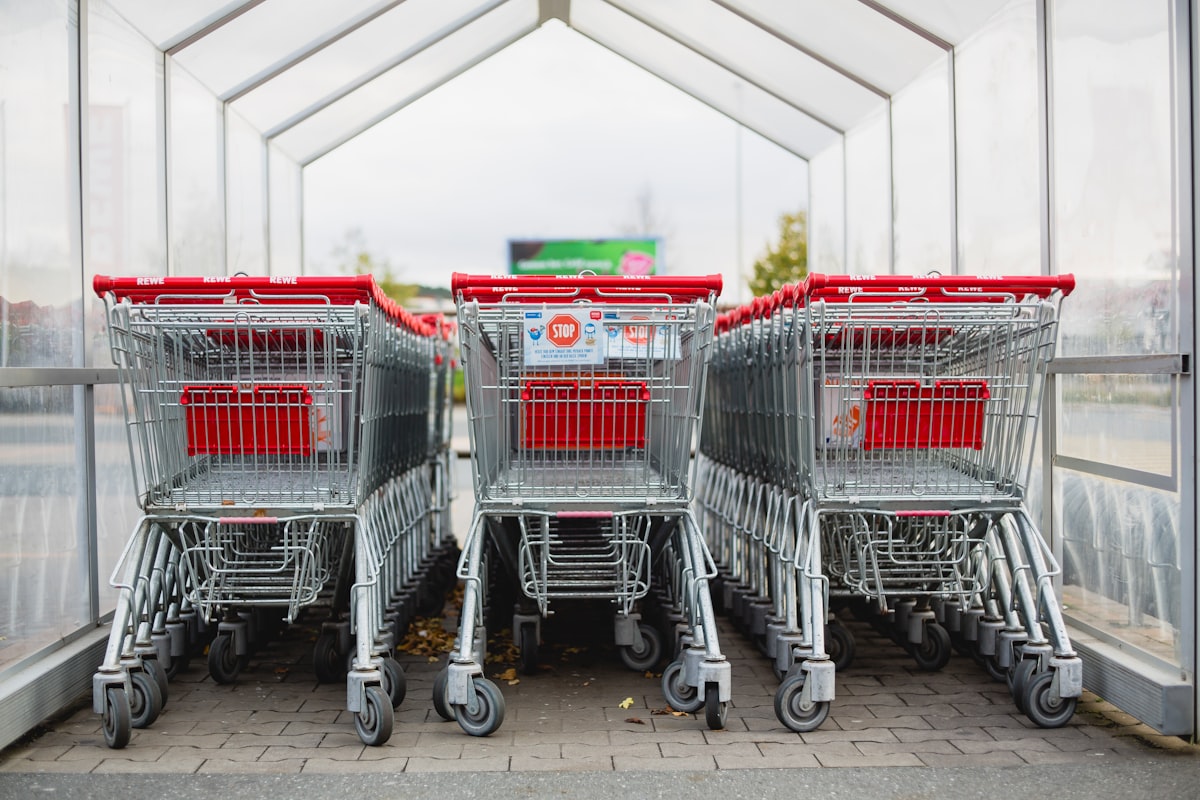Retail disruption: brick and mortar 2.0

I was discussing this morning the announcement of a new Amazon retail adventure: a physical apparel store.
This is interesting on several levels:
(1) Amazon keeps on pushing on the old economy, not only by making with its online store (and immense, semi-automated physical supply chain) but also by trying to supplant the remnant of the old economy itself: the physical store. They had mixed success until now, to say the least, but they’re sitting on tons of money and can play the long game.
(2) They always smartly leverage their wide-ranging technology: it’s invisible whenever it’s possible, and when you need to use it, it’s out of the way. No 3D virtual mirrors or VR headsets, in case you were asking.
(3) The shopping experience is the most interesting part because other brands mimic the in-store experience on their website, Amazon mimics its website experience in-store. This is 100% fascinating.
(4) You could be surprised by the lack of soul of this store. I was pondering this as well. This looks like a bland version of Uniqlo or the Gap (is it even possible?). But I realized that there’s probably a reason for that: Amazon doesn’t have a brand identity per se. Amazon’s brand is about your data: what you like, what you browsed, what you ordered these last 15 years. The physical shop is only the palette of what you’re going to make of it and this happens in the dressing cabin where you have the ‘big reveal.’
(5) Lastly, remember that Amazon doesn’t have to be a success commanding thousands of stores worldwide. These shops could end up being drop shipping points for your regular Amazon deliveries, with the perk of upselling you to more stuff.
Most importantly? They could also test a future Amazon Retail OS to sell the system to other retailers (just like Alibaba does in China).



